Vietnam
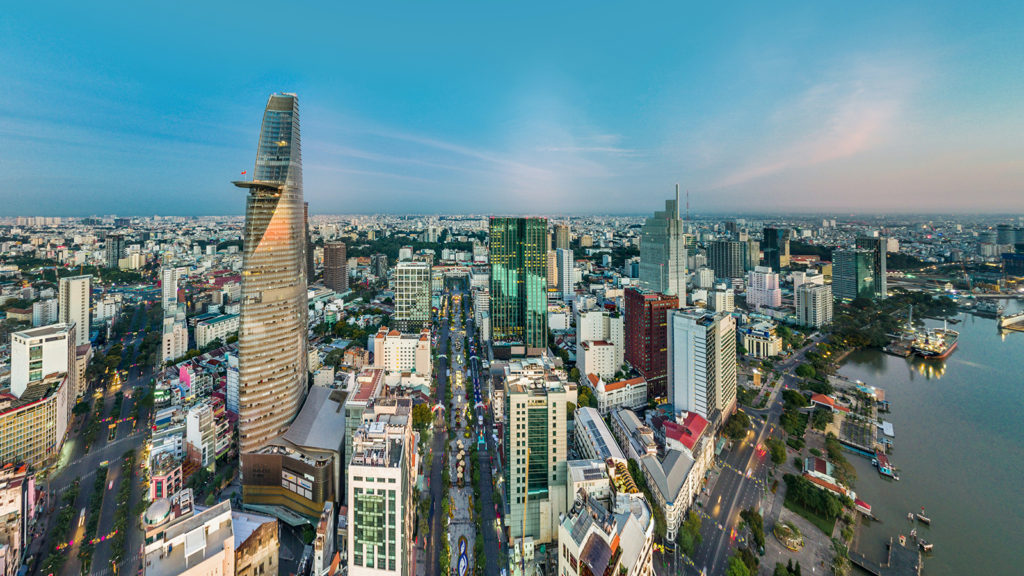
One of the early names of Hanoi, the capital of Vietnam, was Thăng Long, meaning “Rising Dragon” in Vietnamese, an appropriate name for present day Vietnam itself. The name would not be apt for Vietnam during much of its history – centuries marked by war, occupation and economic decline – but this war-ravaged country may well be on the threshold of emerging as an economic star of The New Asia.
United States
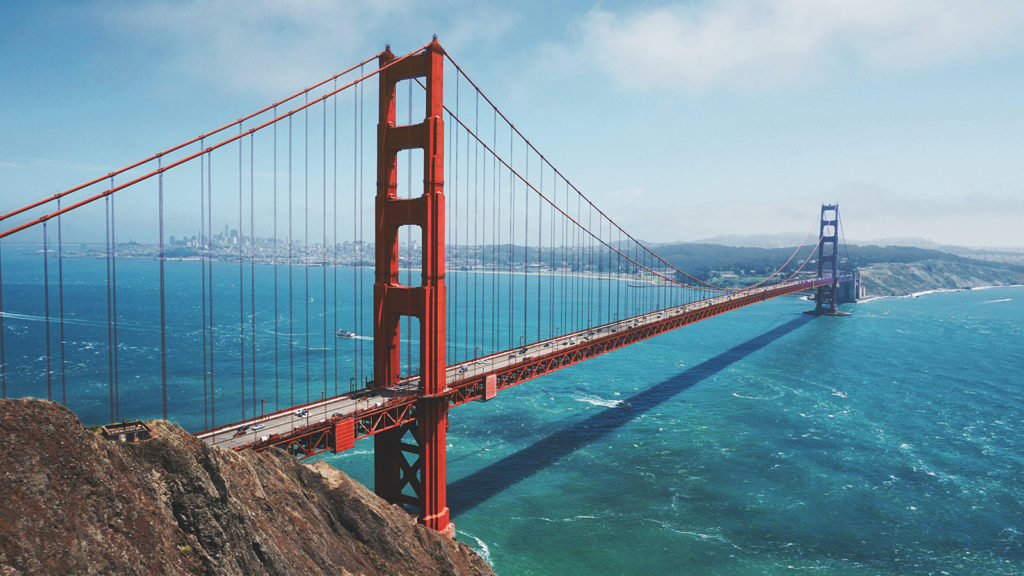
In contrast to the great nations of Asia, the United States is predominantly a country of recently arrived settlers from all over the world. Starting with the religious outcasts who arrived on its shores in 1620, and followed by waves of English, Irish, Europeans, black Africans (who arrived as slaves), and — more recently — Latin Americans and Asians, the United States has represented an open door to opportunity and a better life.
The Philippines
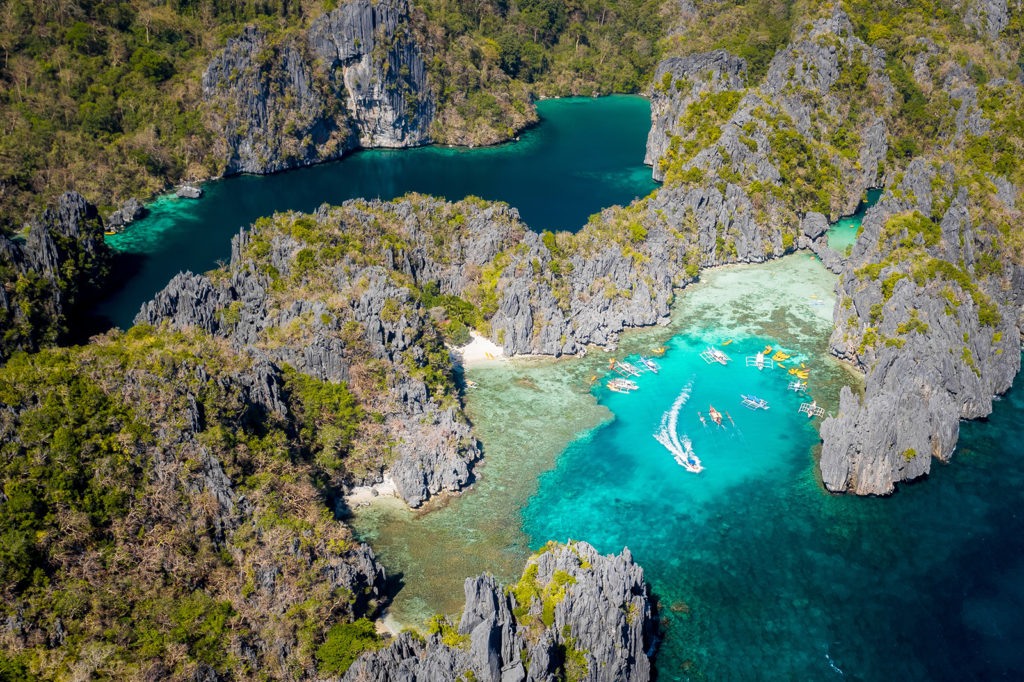
Like Indonesia, the Philippines is a nation consisting of a huge number of islands – just not as many. 7,107 instead of 17,508. With such a unique geographical makeup comes the many challenges of economic and political integration, communications, transportation, infrastructure-building, and governing. Yet the Philippines, like Indonesia, is the beneficiary of plentiful natural resources, a large, productive population of 104 million people, and a strategic location at the southeastern extremity of East Asia.
Thailand
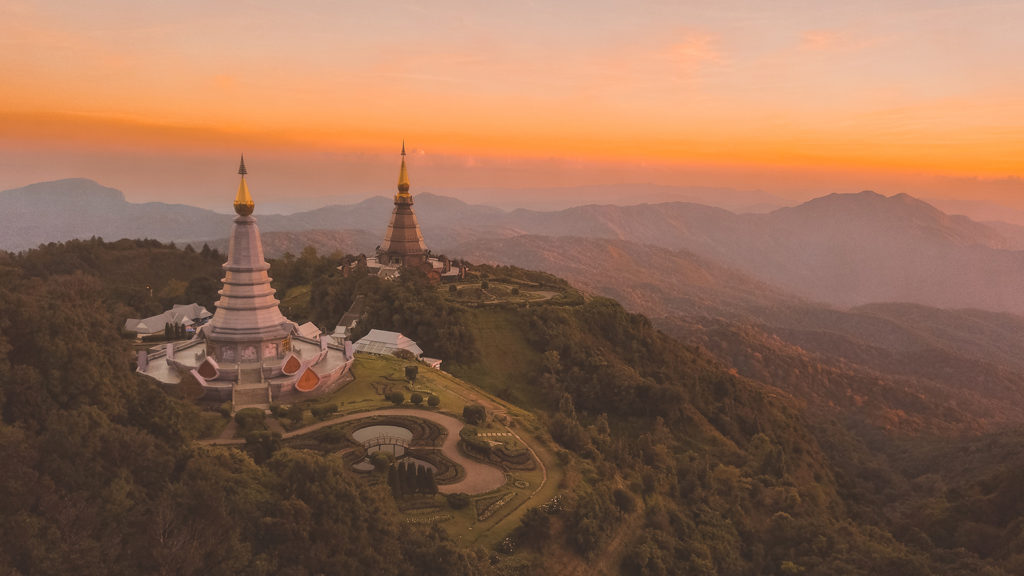
A favorite expression of Thais is “Mai pen rai,” meaning “Never mind; it doesn’t matter; everything will be all right.” Mai pen rai says much about the agreeable Thai temperament – and its economy. Indeed, for the past several decades, Thailand has boasted a strong and resilient economy that has quickly bounced back from numerous political, economic and natural disasters.
Taiwan
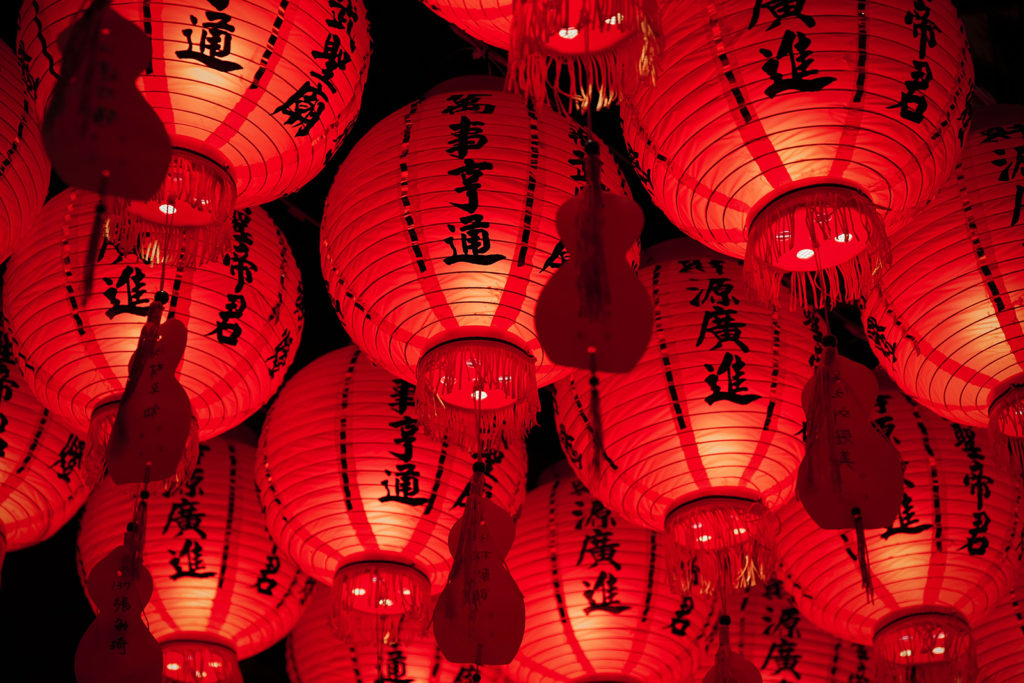
The modern history of Taiwan (the Republic of China, or ROC) – as well as its economic future – is uniquely tied to China (the People’s Republic of China, or PRC).
Sri Lanka
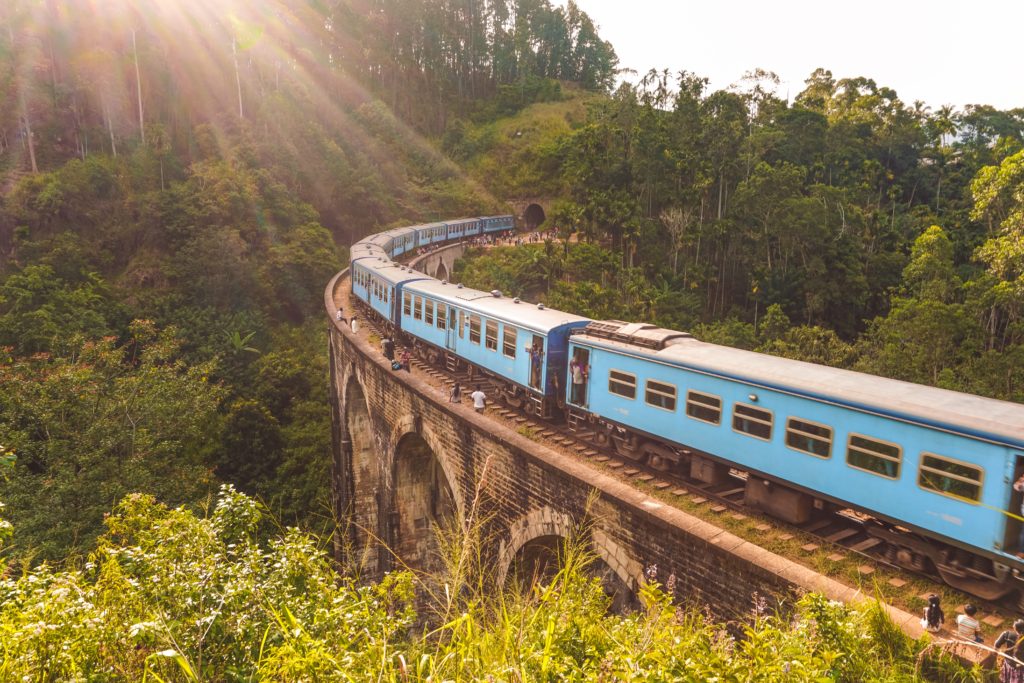
It is hard to believe that the big, beautiful island known as Sri Lanka (meaning “resplendent island” in Sanskrit, pronounced “sree-LAHNG-kuh”), lying off the southeastern tip of India, is a country all in itself, and not just a tourist destination in a larger national entity. Its beautiful beaches, dramatic landscapes, rich cultural heritage, and fascinating wildlife – including herds of elephants – do indeed attract large numbers of tourists, but its strong economy in recent years is attracting commensurate attention of international economists and businesspeople. It is estimated that tourist arrivals, many being wealthy Europeans, topped 950,000 in 2012, bringing revenues in excess of US$1 billion.
South Korea
The Korean Peninsula developed a distinctive civilization during its early history owing in part to its relatively isolated geographic location. The character of its people also became distinctive over time as a result of repeated invasions by neighboring dynasties – China to the west, Russia to the north, and Japan to the East. Korea was a strategically located country with easy access to the sea. It was “the meat in the sandwich.”
Singapore
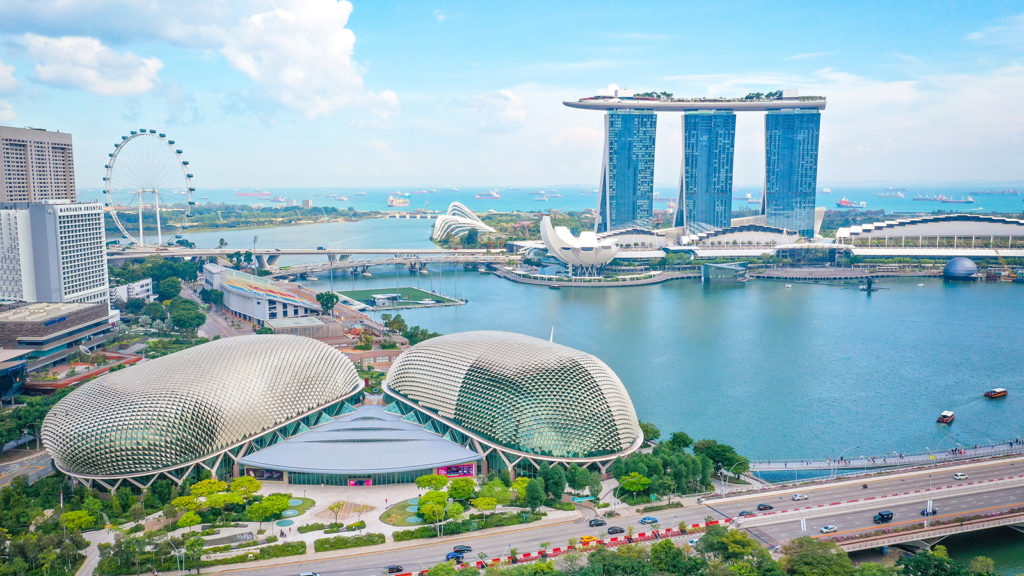
Singapore is a small nation situated at the southernmost tip of the Malay Peninsula, across the Strait of Singapore from Indonesia’s Sumatra island to the southwest. The nation consists of Singapore Island and some 57 smaller islands comprising a total of 269 square miles, less than Hong Kong and only about three times the size of Washington, DC, in the United States.
New Zealand
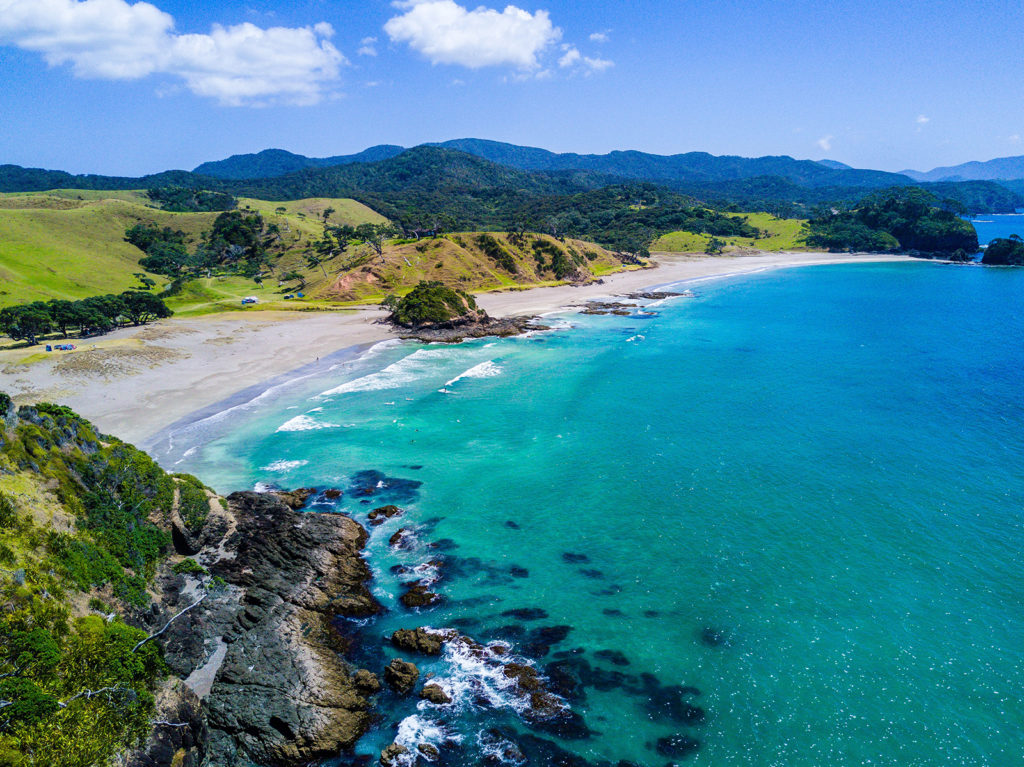
New Zealand is known for its lush beauty and its abundant agricultural and dairy production — wool, meat, butter, Kiwi fruit, delicious apples, and all manner of wonderful produce. The land is New Zealand’s principal resource, and the nation’s character is strongly influenced by this close association of its people with the land: New Zealand is a nation of independent, self-sufficient, resourceful people.
Myanmar (Burma)
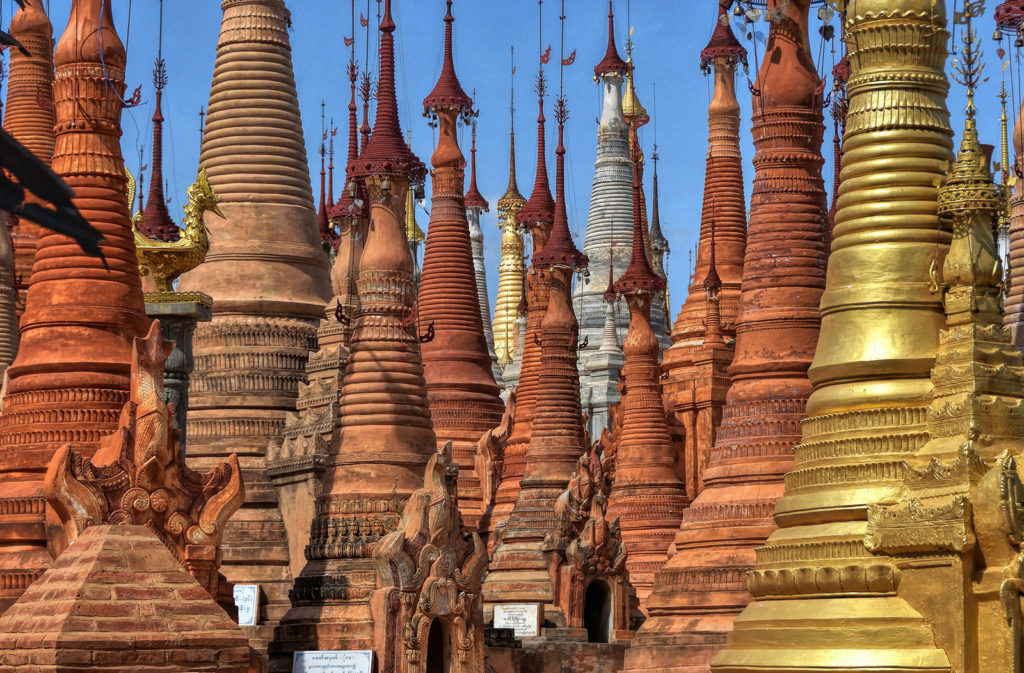
The most dramatic changes in Asia are occurring in Myanmar. It is a country that in 2011 turned from stagnation and repression to growth and liberation. After elections in 2010 that brought a new government administration to power, an avalanche of new policies and initiatives have breathed life into this resource-rich country that lies in the center of the region, bordered by China, India, Bangladesh, Laos and Thailand.
